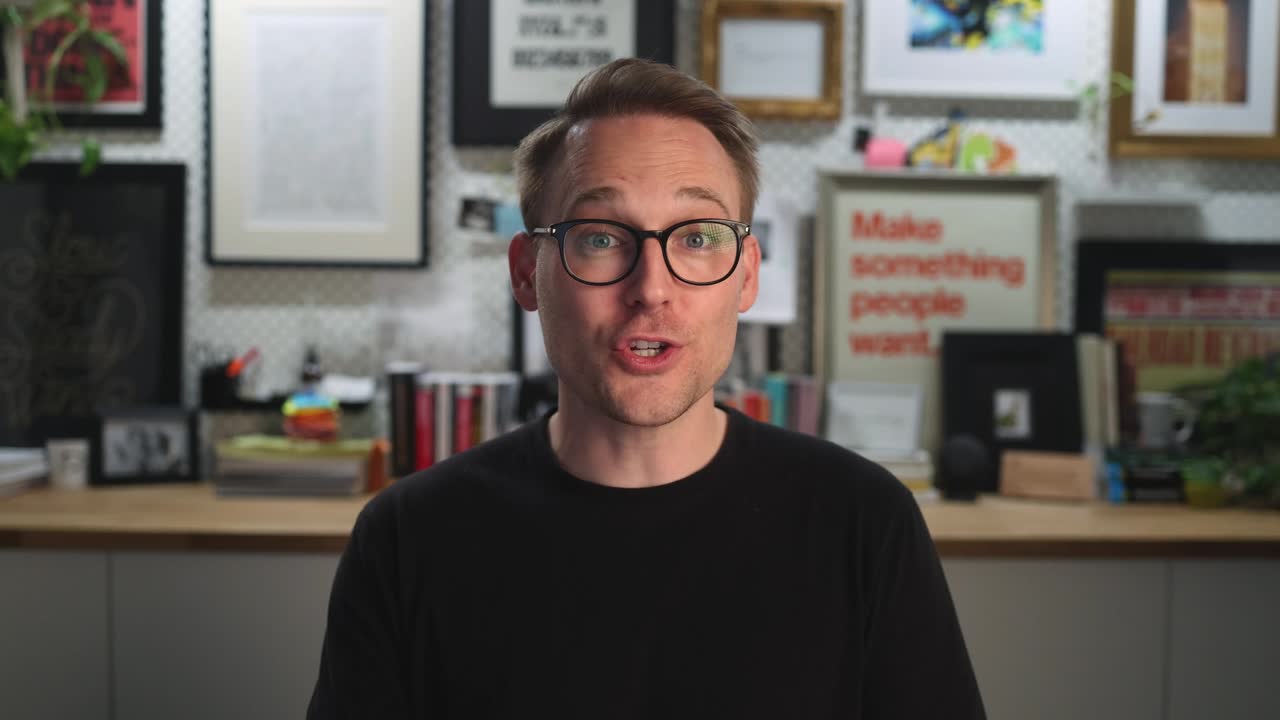This is officially a screencasting.com appreciation tweet thread. I just published my first video after going through the whole course and I can't thank Aaron Francis enough.Keanan Koppenhaver
Summary
Video Transcript
Dealing with unexpected screen actions
Sometimes when you're recording, no matter how careful you are, things are going to pop up that you don't want to be there. It's not necessarily the end of the video because these can be fixed.
Managing unexpected pop-ups
In our example, a dock unexpectedly popped up during the recording. Rather than leaving it, it's important to know how to hide these little inconveniences efficiently, especially if you're executing something important at that moment.
Fixing with a freeze frame
The method involves a mix of cropping and using a feature called a freeze frame, which takes the frame from under the playhead and makes a still image of it. This can then be used to cover up any unwanted screen elements.
Practical steps to apply a freeze frame
- Navigate to the frame right before the unwanted appearance, like before the dock pops up.
- Split the video at that point.
- Add a freeze frame to the sliced part of the video by extending it until the unwanted element disappears.
- Crop the freeze frame so it doesn't take over the whole screen.
Fine-tuning the freeze frame
Ensure the freeze frame covers exactly what you need:
- Trim unnecessary parts of the freeze frame.
- Adjust its position and cropping to pair it with the area needed to be covered.
- Zoom in for fine-tuning, ensuring even shadows are covered.
Achieving seamless editing
Freeze frames allow you to mask unwanted screen elements effectively, maintaining a smooth presentation. This technique keeps your video clean and professional without needing external images or additional editing software.
Continuing your editing journey
In essence, freeze frames can significantly polish your screencast outputs. This method of handling unexpected pop-ups ensures your audience experiences an uninterrupted, cohesive video. Keep experimenting with freeze frames, and remember, no mistake is too big to cover!

